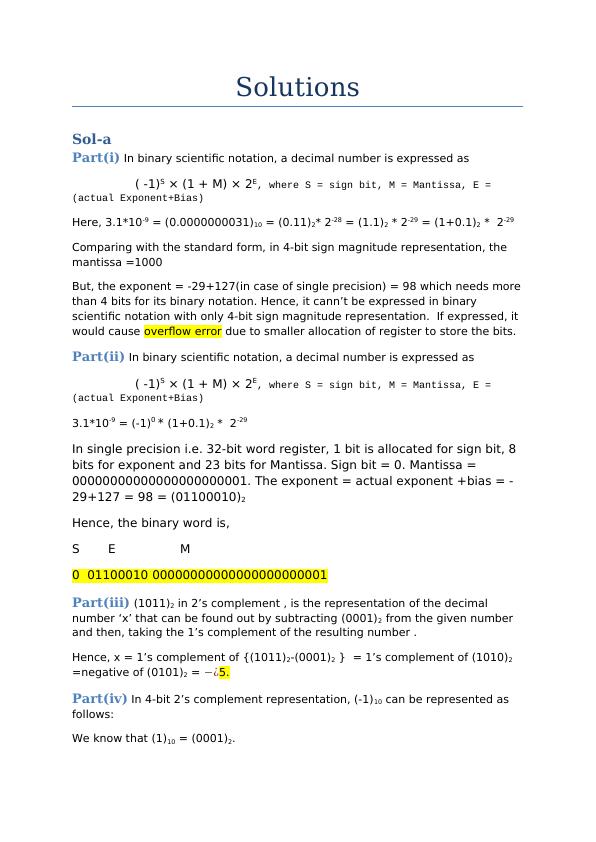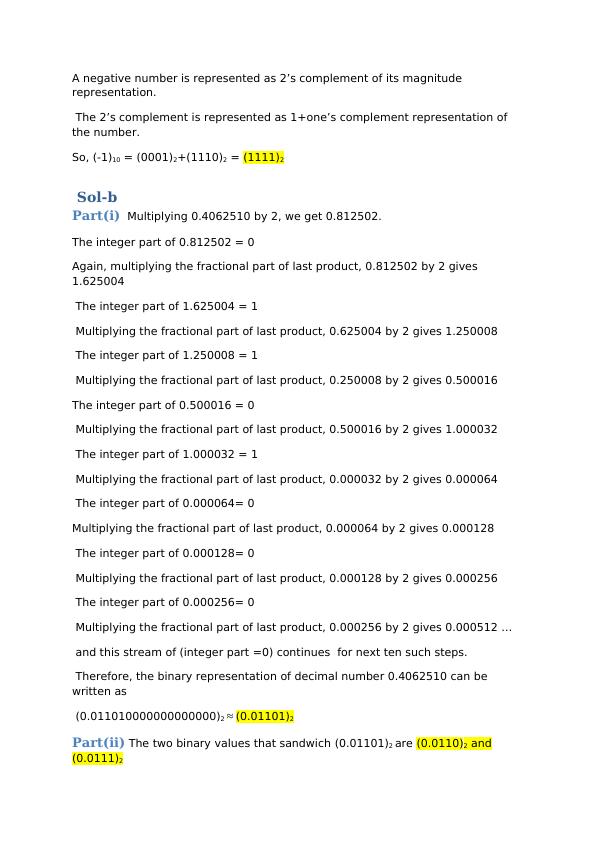Binary Scientific Notation Solutions 2022
Added on 2022-09-22
4 Pages1034 Words33 Views
End of preview
Want to access all the pages? Upload your documents or become a member.
IT Fundamentals Assignment
|19
|2179
|26
Computer Architecture Study Material with Solved Assignments
|9
|1428
|190
ITC544 Assignment on Data Representation and Digital Logic
|5
|524
|87
ITC544 | Data Representation and Digital Logic
|4
|909
|180
Data Representation - Decimal to Binary Conversion Techniques
|7
|815
|283
Computing and Information Systems/Creative Computing
|6
|1230
|266

